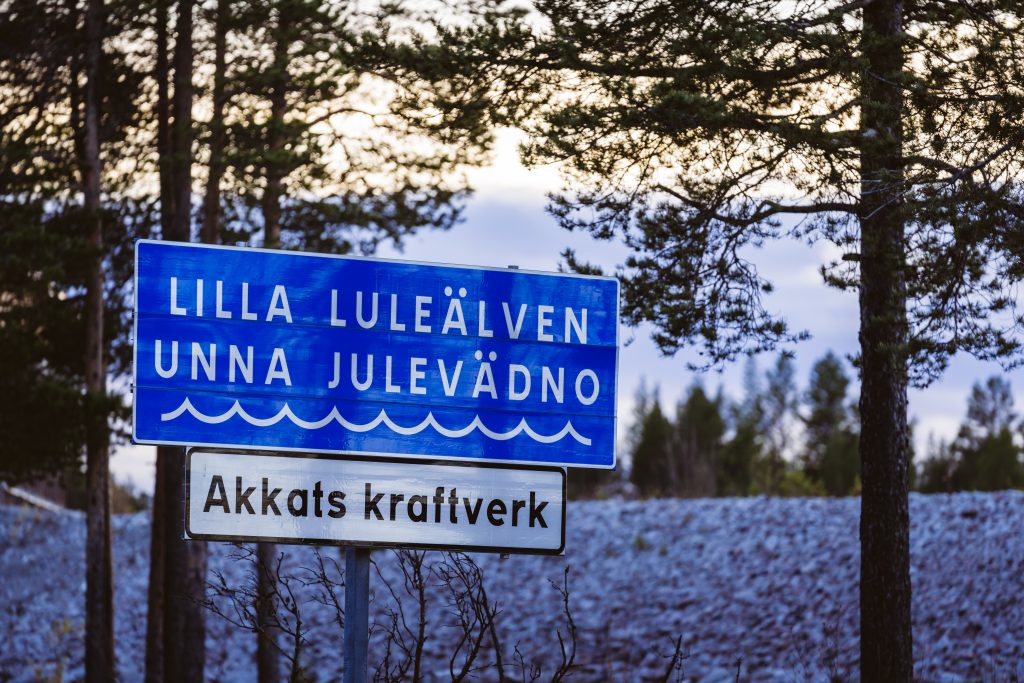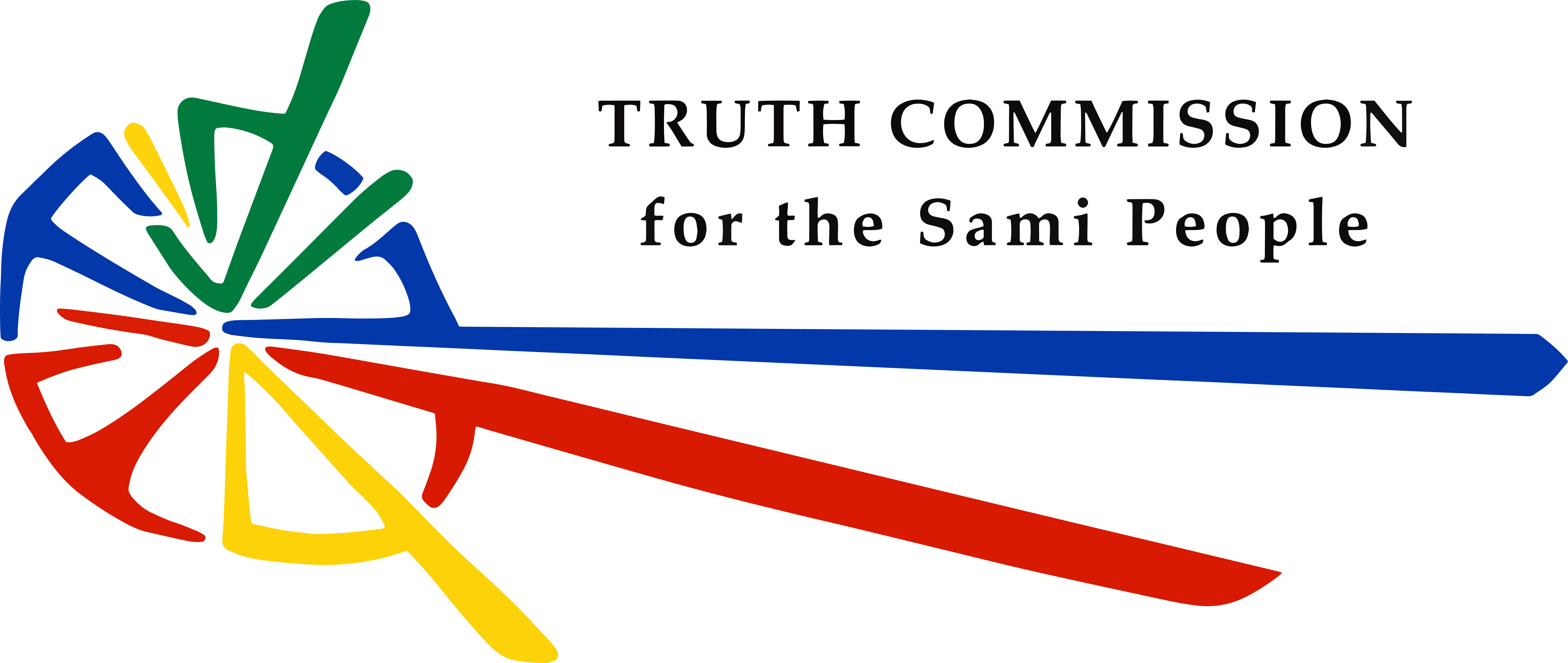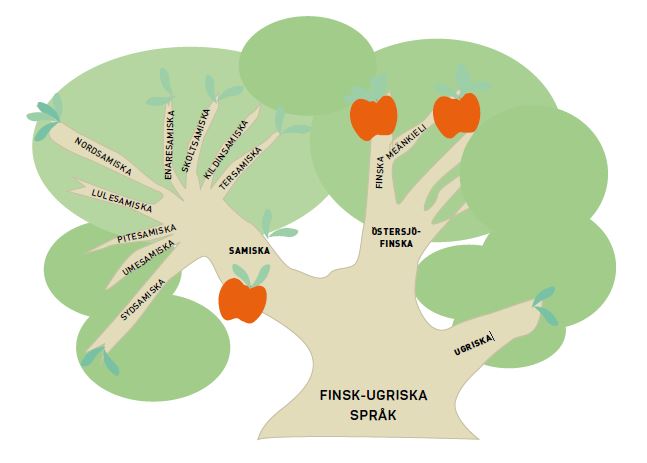Sami – not one language, but many varieties
Sami is not one language, but nine different varieties – language variants that are sometimes called separate Sami languages. It is believed that the languages developed from an indigenous Finnish-Sami language that was spoken 4 000 years ago.
The Sami languages belong to the Finno-Ugric language family. Related languages include Finnish, Estonian, Karelian, Hungarian and many small languages in Russia, such as Mansi, Komi and Mordvinic languages. Language researchers believe that Sami and Finnish have their historical origins in a common Finnish-Sami language that was spoken 4 000 years ago. Sami and Finnish then developed from this language around 3 000 years ago. It is believed that Sami was a quite uniform language around that time, before developing into its present languages and dialects in the 9th century AD.
Five approved orthographies
There are nine Sami language varieties, listed from south to north: the Southern Sami, Ume Sami, Pite Sami, Lule Sami, Northern Sami and the Eastern Sami languages: Inari Sami, Skolt Sami, Kildin Sami and Ter Sami. The differences between these languages are often likened to those between Swedish, Norwegian and Danish.
There are five approved Sami orthographies in Sweden. An orthography is the set of rules for how a written language should be spelled; for the Sami, the modern spelling rules are constructed with consistent reproduction of the different language sounds which the words comprise. Rules of written language have been set for the Southern Sami (orthography approved in 1978), Northern Sami (approved in 1979), Lule Sami (approved in 1983) and Ume Sami (approved in 2016) languages. Pite Sami (Arjeplog Sami) has also had its own approved orthography in Sweden and Norway since 20 August 2019.
Written language
The first Sami-language books in Sweden were published in the early 17th century, and were religious texts intended for missionary work among the Sami people. Between the 18th and the mid-19th centuries, a variant of Ume Sami was the most widely used in writing. Northern Sami has been the dominant written Sami language in Norway and was used in the first book, a catechism that was published in 1728.

Sign over the Little Lule River/Unna Julevädno. Photo: CJ Utsi
Place names
Place names are a source of knowledge about Sami languages and history. They confirm the Sami people’s presence in a landscape from time immemorial.
They are important for identity and fulfilling the need to feel a sense of belonging, safety and security, and they also show the significance of the Sami language in society. When used, they convey an important signal of the language’s status, and are especially meaningful for younger generations. Road signs and other signs in Sami language are ‘the first Sami book’ for young children. The use and visibility of Sami place names is an important part of linguistic revitalisation.
People and places are connected both physically through the landscape and mentally through stories, which are told through the language. A place has a meaning, a story and, not least, a name. Local Sami community name studies are ongoing throughout Sápmi with varying degrees of intensity, with the common aim of these groups’ work being to reclaim and highlight original place names.
It is important to use the appropriate orthography for each place name, since a name is part of an area’s linguistic material. It also facilitates searching for names on maps, and is important for fire brigades, ambulances and police to be able to find a given address in a critical situation. The spelling of place names in various Sami languages can vary or may have changed recently, so you should always check in My map Lantmäteriet’s (the Swedish mapping, cadastral and land registration authority) online map service.
Names approved by Lantmäteriet should, in national and local government activities, be used in their approved form (4 § Good place name practice in the Cultural Heritage Act).
Read more (in Swedish) about the Sami languages at isof.se and at Samer.se and Sametinget.se (about place names).
Source: Isof and Sametinget.se (links)

